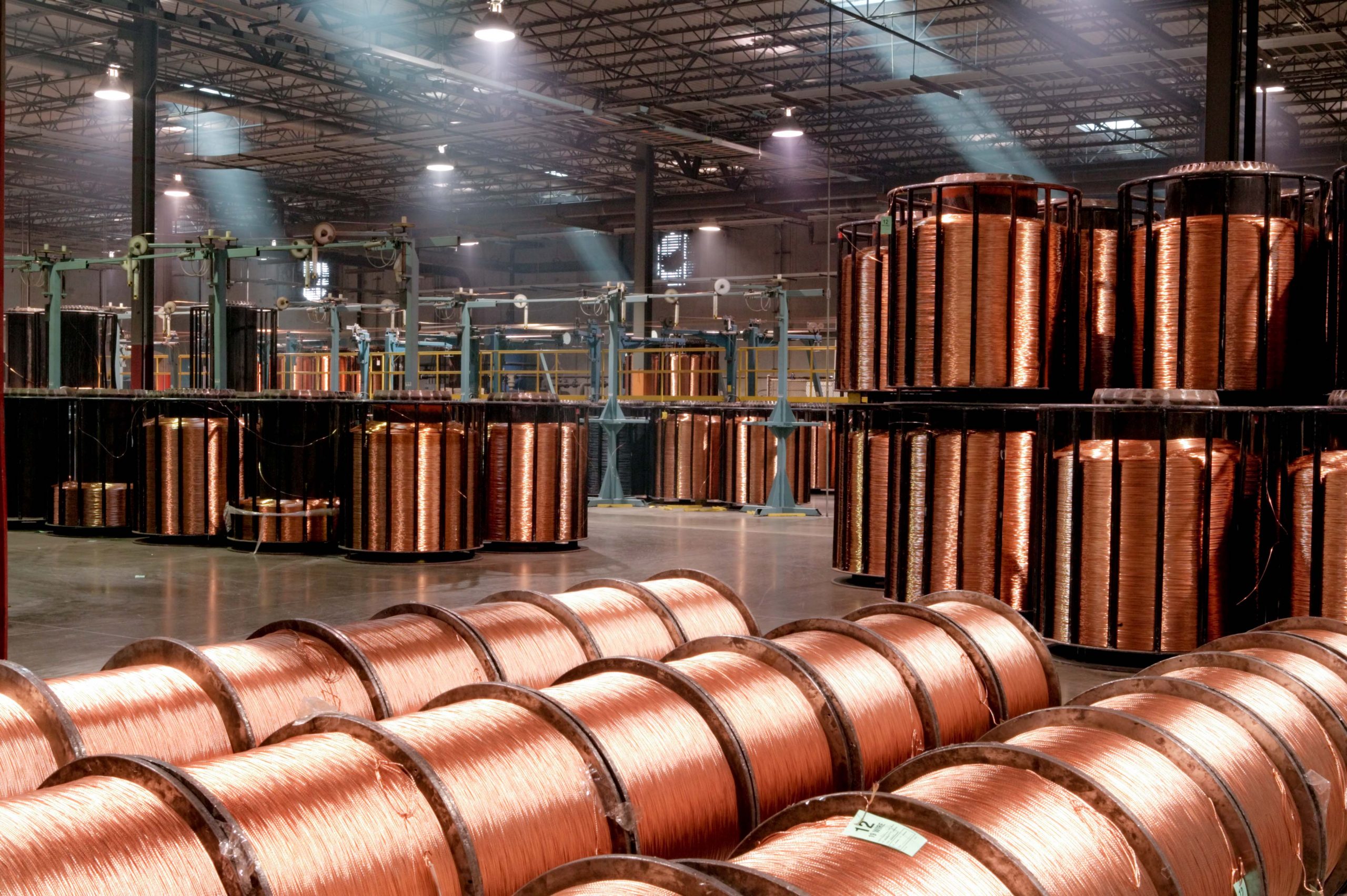Copper: Why India Must Rethink Its Strategy Now
The global copper smelting industry is undergoing a major upheaval. For the first time in recent history, the Treatment and Refining Charges (TCRC)—a key income source for smelters—have dropped to zero and, in some cases, turned negative. This means that refiners are now paying more for ore than they can earn from it. The root cause is a shortage of concentrate, combined with excessive growth in smelting facilities that has outpaced new mining operations.
Copper Demand in India: A Perfect Storm of Rising Need and Shrinking Margins
India is being impacted by this shift just as its need for refined metal is surging. The country’s ambitions around clean energy, electric vehicles, power grid development, and manufacturing are driving consumption. However, the viability of domestic refining is under pressure. If this imbalance continues, it could undermine India’s industrial expansion and energy transition efforts.
Copper Revenue Collapse: The End of a Stable Business Model for Smelters
TCRCs have traditionally helped smelters recover their costs by compensating them for processing ore. These charges are usually settled between mining firms and refiners, offering some stability even during market volatility. But with spot rates now near zero—or worse—this financial model has broken down.
TThis isn’t a one-off problem. Supply disruptions in countries like Panama, Peru, and the Democratic Republic of Congo have reduced availability of concentrate. Export restrictions elsewhere have added to the squeeze. Meanwhile, smelting facilities, especially in parts of East Asia, have expanded aggressively. The result: too much capacity chasing too little raw material, driving refiners to pay extra just to stay in operation.
One country dominates this landscape. Through long-term concentrate purchase contracts and equity stakes in overseas copper mines, this player has secured stable, preferential access to ore. Its companies also hold the lion’s share of global smelting capacity—giving it disproportionate influence over benchmark pricing and contract terms. This strategy has transformed a market-driven system into one that increasingly functions on state-guided terms.
The result is a deep asymmetry. While some players are guaranteed secure and predictable ore flows under negotiated contracts, others—especially new or smaller smelters—must rely on volatile spot markets where pricing is now determined by the highest bidder. In such a setup, smaller countries with rising copper needs but limited bargaining power are at a clear disadvantage.
